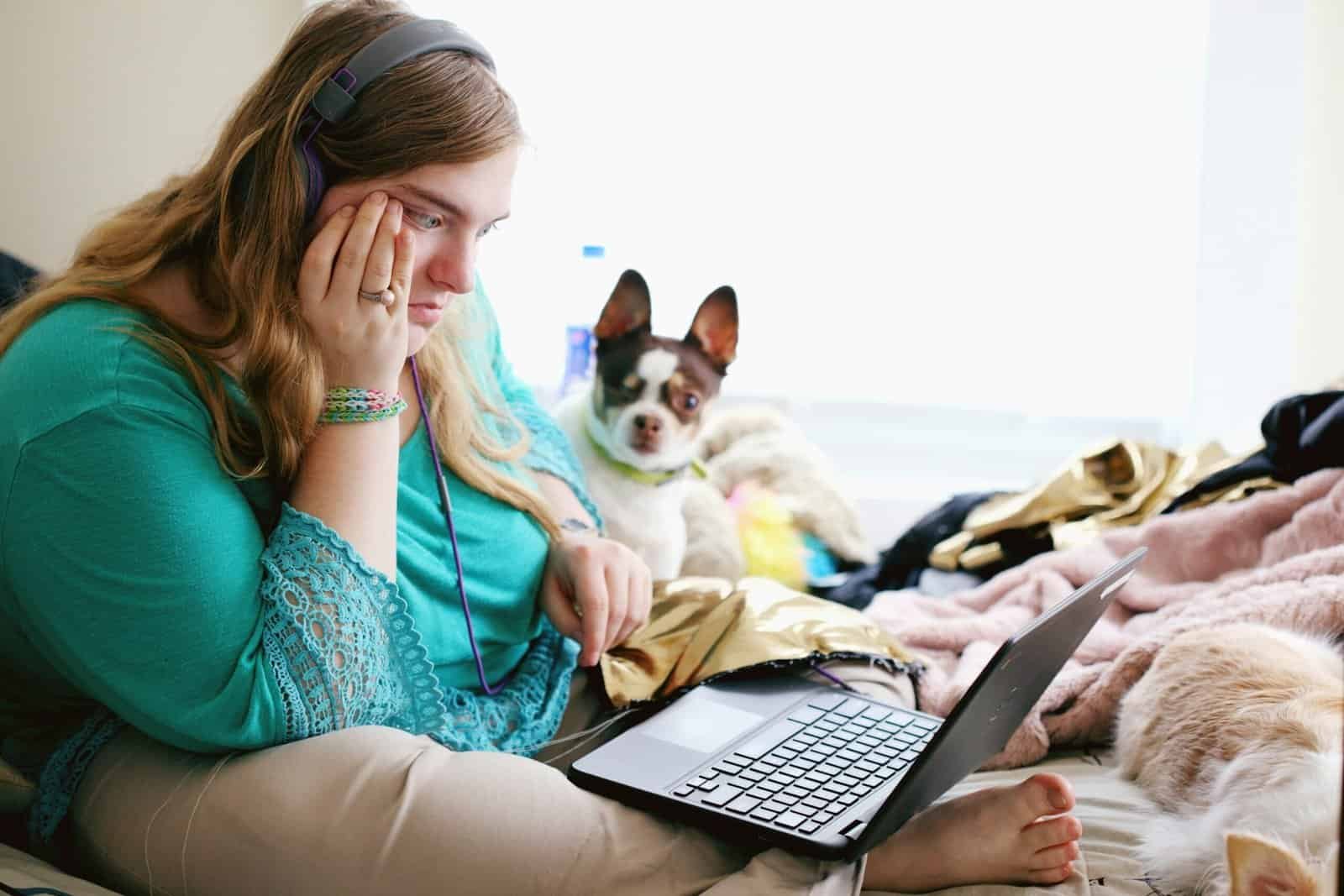Opening Doors to Connection: The Role of Communication Boards in Autism
Exploring Communication Boards
Communication boards are game-changers for folks with speech and language disabilities, including autism. They help bridge the gap between nonspeaking individuals and their caregivers, teachers, and friends by using visual aids to express thoughts and needs.
Why Communication Boards Matter
Communication boards are a big deal. According to the AAC Institute, around 3.5 million people in the U.S. need help with communication due to various speech and language issues. For many, these boards are a lifeline, making it easier to convey messages, cut down on frustration, and boost understanding.
For kids with autism, these boards are a godsend. They use pictures and symbols, which are often easier to understand than spoken words. This visual way of communicating is especially helpful for those who have trouble processing verbal cues.
Types of Communication Boards
Communication boards come in different flavors, depending on their design and how they work. The American Speech Language and Hearing Association (ASHA) breaks them down into two main types:
| Type of Communication Board | Description |
|---|---|
| Basic Communication Boards | Use static images, symbols, or words that users can point to for communication. Often made with simple materials, these boards are easy to customize and use anywhere. |
| Augmentative or Alternative Communication (AAC) Boards | Include digital or electronic boards that can be accessed through computers, tablets, or smartphones. These boards often have interactive features, offering a wider range of communication options. |
Each type plays a crucial role in helping people with autism and other speech-related challenges. An autism communication board is specifically designed to meet the unique needs of individuals on the autism spectrum, making it a valuable tool in homes and schools.
Knowing about these boards and their types is key for educators, speech-language pathologists, and caregivers to pick the best tools for improving communication for individuals with autism. If you’re curious to learn more about different boards, check out our articles on picture communication boards, AAC communication boards, and how communication boards can help with specific needs like stroke or aphasia.
Why Communication Boards Matter
Communication boards are a game-changer for folks with autism, offering a bunch of perks that boost both independence and social skills.
Boosting Independence
One big win with communication boards is how they help kids with autism become more independent. These boards let them start conversations on their own, without waiting for an adult to step in. This means they can share what they need, want, or think more easily.
| Benefit | What It Means |
|---|---|
| Independence | Kids can talk without needing an adult to help. |
| Empowerment | They can say what they need or feel directly. |
| Self-advocacy | Helps kids speak up for themselves in different places. |
Communication boards use pictures and symbols, which can be easier for kids with autism to understand than words. This visual help makes it easier for them to talk with family, friends, and others, boosting their independence.
Making Social Connections
Besides helping kids be more independent, communication boards also make social interactions smoother. They help kids with autism express their thoughts and feelings more clearly, making it easier to connect with others.
| Benefit | What It Means |
|---|---|
| Better Relationships | Helps build stronger bonds with others. |
| Social Skills | Encourages practicing social cues and responses. |
| Emotional Sharing | Makes it easier to share feelings, leading to better emotional connections. |
Using communication boards helps kids understand social cues and how to respond, which can lead to better relationships and a stronger sense of belonging in their community. By improving their communication skills, kids with autism can get more involved in everyday activities, which is great for their emotional and mental growth.
Adding communication boards to daily life can really make a difference for kids with autism, helping them build deeper relationships and feel more included. For more info on different communication tools, check out our articles on aac communication board and picture communication board.
Using Communication Boards
When it comes to supporting individuals with Autism, communication boards are game-changers. Knowing the differences between various types can help teachers, caregivers, and professionals pick the right tools for those with communication challenges.
Basic vs. Augmentative Communication Boards
Basic communication boards are straightforward and can be handmade or digital. They usually have pictures paired with words to help with communication. These boards are great for folks who might not speak yet or need visual aids to understand better.
On the flip side, augmentative or alternative communication (AAC) devices are more high-tech. These can be computer-based systems or apps on smartphones or tablets. They come with cool features like synthesized voices, video clips, and multiple ways to communicate all in one program.
| Type of Communication Board | Description |
|---|---|
| Basic Communication Board | Simple, often handmade; uses pictures with words. |
| Augmentative Communication Board | Electronic/digital devices; may include synthesized voices and multimedia features. |
Want to know more about how these boards can help? Check out our article on aac communication board.
Low-Tech vs. High-Tech AAC Devices
AAC devices fall into two camps: low-tech and high-tech. Low-tech AAC systems, like communication boards, don’t need electricity. They can be books, boards, index cards, or sheets of paper with images. These are often customizable to fit individual needs, making them super accessible and easy to use (Organization for Autism Research).
High-tech AAC devices are electronic and can be used on computers, tablets, or smartphones. They can cost anywhere from $100 to $2,500, depending on the bells and whistles. High-tech devices can use recorded voices, generate synthetic speech, and show pictures or symbols to help with communication.
| Type of AAC Device | Features | Cost Range |
|---|---|---|
| Low-Tech AAC | Non-electric; customizable with images and symbols. | Varies (often low cost) |
| High-Tech AAC | Electronic; may include synthesized voices and multimedia. | $100 – $2,500 |
Knowing these differences can help you pick the right communication board for Autism, ensuring effective communication and connection. For more details on specific types of boards, check out our pages on picture communication board or communication board for aphasia.
Making Communication Boards Work
Communication boards can be a game-changer for folks with autism. Let’s break down how to whip up some homemade boards and weave them into everyday life.
DIY Communication Boards
Homemade communication boards are simple yet powerful tools. You can make them from stuff like cardboard, poster board, or even go digital with graphic symbols and words. Here’s how to get started:
- Figure Out Needs: Think about what messages or needs the person might want to share.
- Pick Symbols: Use pictures, symbols, or words that make sense to the individual. Grab them from magazines, draw them, or print them from the internet.
- Design the Layout: Arrange the symbols in a way that makes sense, grouping similar items together for easy navigation.
- Make It Last: Laminate the board or use a protective cover so it can handle daily use.
- Keep It Cheap: Homemade boards are budget-friendly and can often be made or downloaded for free.
These boards can be customized and updated as the person’s communication needs change.
Using Boards in Daily Life
To get the most out of communication boards, they need to be part of the daily routine. Here are some tips:
- Daily Use: Use the board during everyday activities like meals, playtime, and social interactions. This helps make using the board a habit.
- Visual Help: Keep the board handy during conversations. For example, during dinner, place it on the table so the person can easily express their needs or preferences.
- Encourage Use: Motivate the person to use the board to share their thoughts or feelings. This can boost social interactions and strengthen bonds with family and friends.
- Show How It’s Done: Adults should use the board during conversations to show how it works. This helps the person learn how to use it and builds their confidence.
- Positive Feedback: Praise the person when they use the board. This positive reinforcement encourages them to keep using it and exploring new ways to communicate.
By making personalized boards and incorporating them into daily life, caregivers and educators can significantly improve communication for individuals with autism. For more tips on using communication aids, check out our resources on picture communication boards and AAC communication boards.








